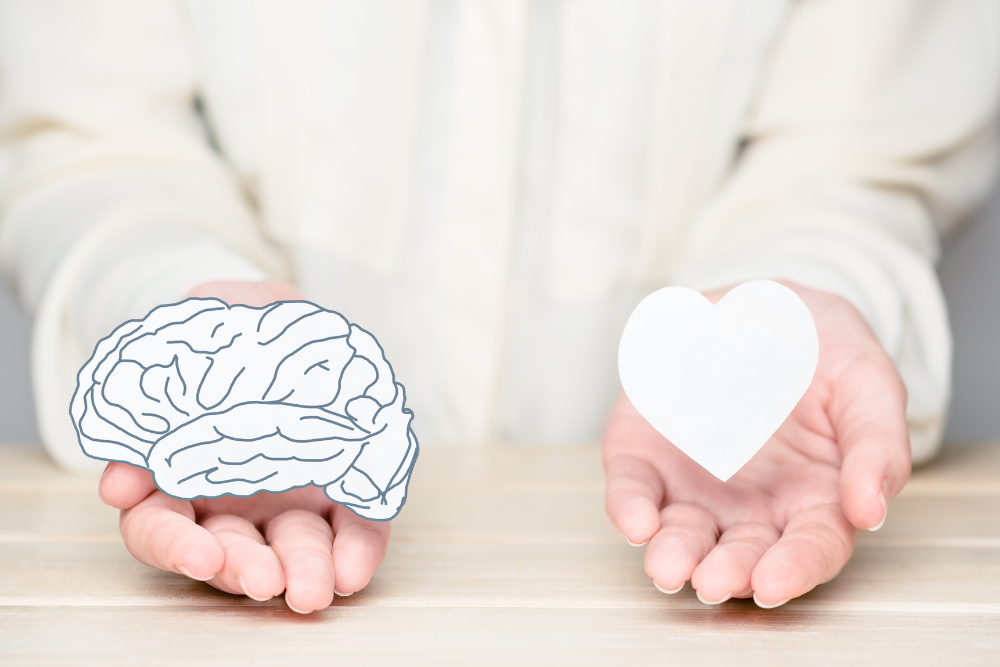WORDS: Associate Professor Lyndsey Collins-Praino
From birth, children express emotion. Through their facial expressions, infants convey what they are experiencing internally, such as feelings of distress, fear or enjoyment, which plays an important role in having their needs met and forming social bonds with caregivers. However, being able to recognise and regulate these emotions is a skill that doesn’t develop until much later and must be actively learned.
In fact, while children begin learning to self-regulate their emotions in the toddler years, it is not until the age of 8 or 9, or even beyond, that they become proficient at this.
There can also be significant variability between children, with multiple factors, including genetics, temperament, environment and current state (e.g. being tired, hungry or stressed), influencing this ability.
Differences in the maturation rate of specific brain structures may also play a role. Structures deep in the brain important for emotional responses, such as the amygdala, which processes emotions like fear or anger, mature earlier than areas of the brain important for cognitive control, like the prefrontal cortex. This leads to an imbalance in activity between these regions. This imbalance peaks in adolescence, which may help explain the mood swings and high levels of emotion seen during these years. As the prefrontal cortex continues to mature throughout adolescence (and even into early adulthood), so too does the ability to regulate emotion.
Importantly, children who can more effectively regulate their emotions do better in school, have more positive relationships with their peers and can better cope with difficult situations. So, how can you help your child acquire this critical skill?
- Actively teach your child to recognise and name their emotions. For example, you can talk about how a character in a favourite book may be feeling. Encourage your child to reflect on and communicate how they are feeling.
- Model good behaviour, such as demonstrating how to take a deep breath and remain calm, even when your own emotions are running high (e.g. mid-meltdown).
- Reflect and validate your child’s emotions. This includes naming how they are feeling, “I can see that you are upset that we weren’t able to spend longer at the playground,” as well as reinforcing that it is OK to feel this way, “I get upset when I have to stop doing something that I am enjoying too.” Assure your child that it is OK to feel such emotions, and that no emotion lasts forever.
- Develop and practice coping strategies to manage big emotions when they happen. Specific self-soothing approaches vary by child, but may include deep breathing, redirecting your child to another activity (e.g. colouring, music) or counting to calm down.
Overall, remember, while your child may have big feelings, they also have a growing brain. Someday, even meltdowns over the blue cup will pass.
A.Prof Lyndsey Collins-Praino is the Head of the Cognition, Ageing and Neurodegenerative Disease Laboratory (CANDL) in the School of Biomedicine at the University of Adelaide.
Follow KIDDO on Instagram and Facebook, and subscribe to our weekly newsletter






